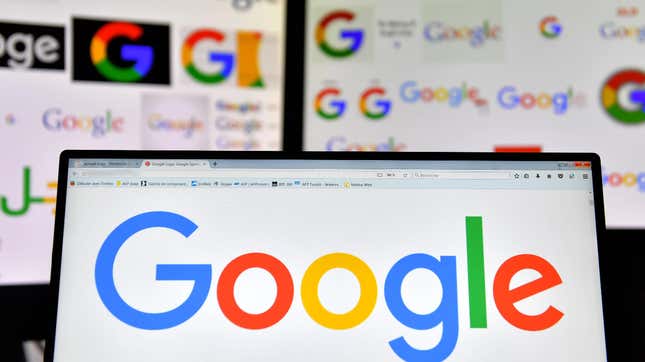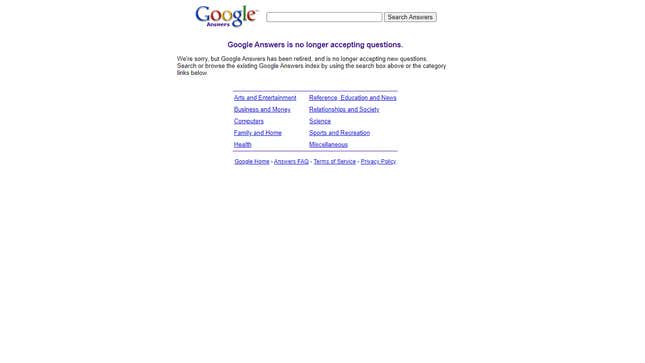
We’re all familiar with Google’s successes. Most folks reading this probably use one of the company’s services every day, be it Google Maps, Search, Android Auto, or Chrome OS. But for every megahit, there is a lengthy list of duds—apps, social platforms, or hardware that, for one reason or another, never reached the heights of Google’s flagship products. Some of these extinct relics were memorialized in mainstream media while others quietly came and went without making much noise.
Whether you’re a a diehard Google fan or an Apple fan looking for ammo against your Android-touting friends (hi, Flo), join us on this trip down memory lane while we look at some of Google’s most fascinating failures, including a few we wish had been given a fighting chance to succeed.
Keep in mind that while we’re highlighting some of the more interesting canceled products, this is by no means a comprehensive list. For that, check out Killed By Google.








